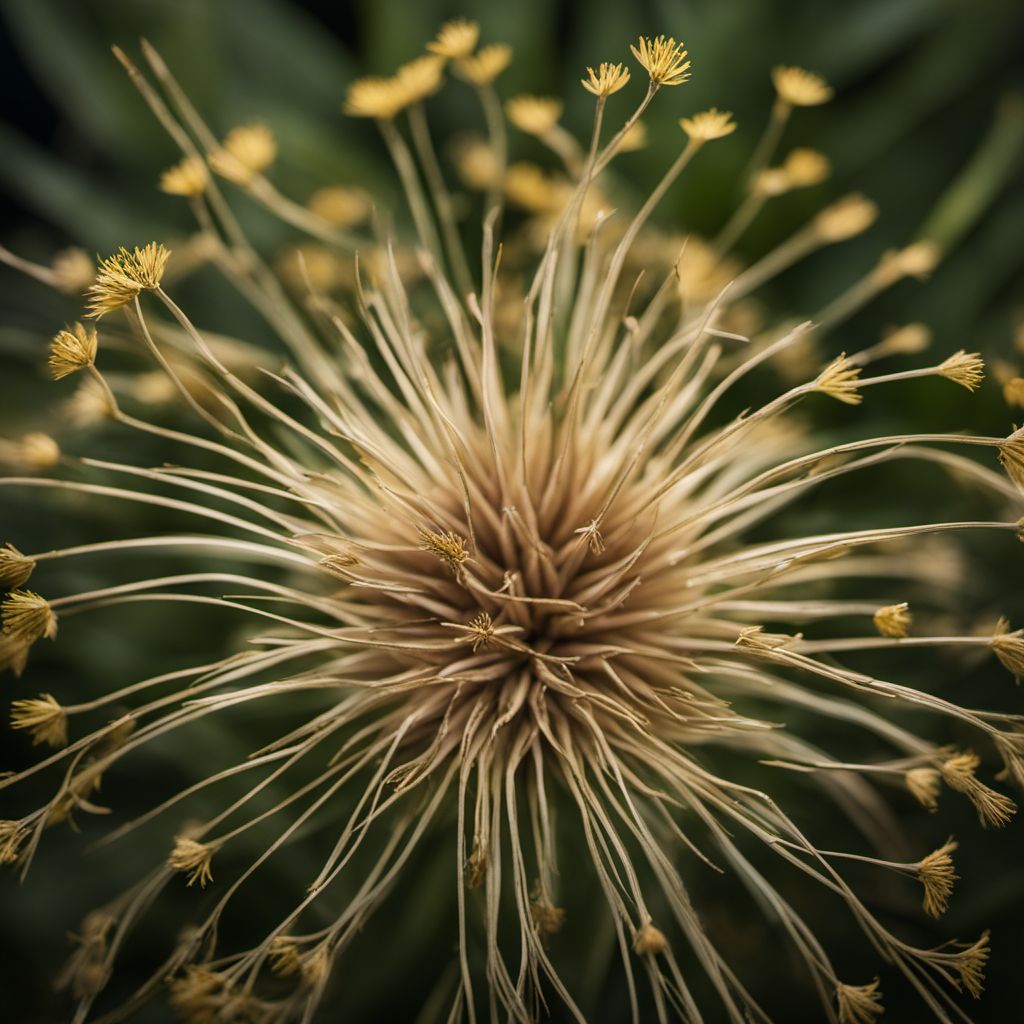
Ingredient
Salsify leaves
The Verdant Delight: Unveiling the Hidden Potential of Salsify Leaves
Salsify leaves are slender and elongated, with a deep green color and a slightly glossy appearance. They have a delicate texture and a mild, herbaceous flavor that is reminiscent of artichoke hearts. These leaves can range in size, with younger leaves being more tender and flavorful. When cooked, they become tender and develop a subtle sweetness, making them a delightful addition to both cooked and raw preparations.
Origins and history
Salsify leaves belong to the salsify plant, which is native to Europe and parts of Asia. The plant has a long history of culinary use, dating back to ancient Greece and Rome. It was highly regarded for its medicinal properties and was often used as a natural remedy for various ailments. Over time, salsify leaves gained popularity in European cuisine, particularly in France and Belgium, where they are still cherished today.
Nutritional information
Salsify leaves are a rich source of vitamins A, C, and K, as well as minerals like potassium and calcium. They are low in calories and high in dietary fiber, making them a nutritious addition to any meal.
Allergens
There are no known allergens associated with salsify leaves.
How to select
When selecting salsify leaves, look for vibrant green leaves that are free from wilting or discoloration. Choose leaves that are smaller in size, as they tend to be more tender and flavorful. Avoid leaves that appear yellowed or have brown spots.
Storage recommendations
To maintain the freshness of salsify leaves, store them in a plastic bag or airtight container in the refrigerator. They can be kept for up to a week, but it is best to use them as soon as possible for optimal flavor and texture.
How to produce
Salsify leaves can be grown in a home garden by planting salsify seeds in well-drained soil and providing adequate sunlight and water. The leaves can be harvested when they reach a suitable size, typically around 6-8 inches in length.
Preparation tips
Salsify leaves can be used in a variety of ways. They can be enjoyed raw in salads, where their mild flavor adds a refreshing element. When cooked, they can be sautéed, steamed, or blanched and used as a side dish or incorporated into soups, stews, or stir-fries. To prepare salsify leaves, remove any tough stems and wash them thoroughly before use. It is recommended to blanch them briefly in boiling water before using in cooked dishes to enhance their tenderness.
Culinary uses
Salsify leaves are commonly used in salads, soups, and stews, where they add a fresh and herbaceous element. They can also be used as a garnish or incorporated into vegetable-based dishes for added flavor and texture.
Availability
Salsify leaves are commonly available in Europe, particularly in France and Belgium, where they are used in traditional cuisine. They can also be found in some specialty grocery stores or farmers markets in other regions.
More ingredients from this category » Browse all
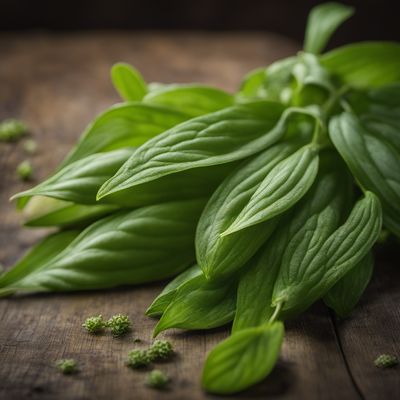
Plantain leaves
Versatile Wrapping Material

Pumpkin leaves
The Nutritious Greens: Pumpkin Leaves
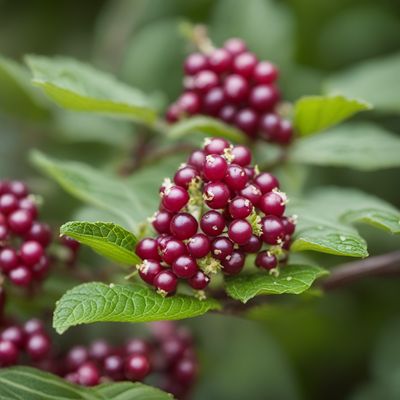
Pokeweed
The Wild Wonder: Pokeweed

Melientha grass
The Fragrant Herb: Unveiling the Wonders of Melientha Grass

Baobab leaves
The Nutritional Powerhouse: Baobab Leaves Unveiled

Nightshade, black
The Dark Delight: Unveiling the Secrets of Black Nightshade

Mallow leaves
Velvety Greens with a Mild Bite
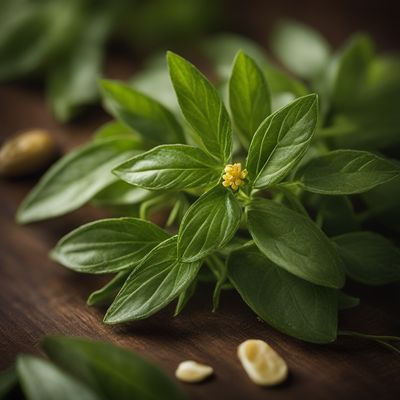
Blackjack leaves
The Versatile Blackjack
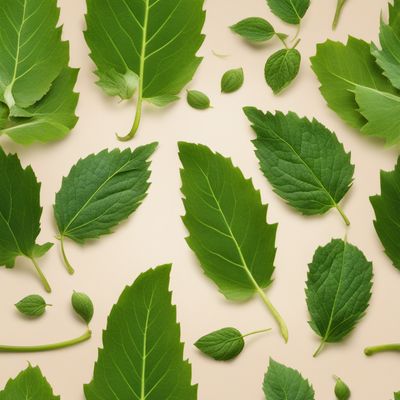
Balsam pear leaves
The Healing Power of Balsam Pear Leaves

Papaya leaves
The Healing Green
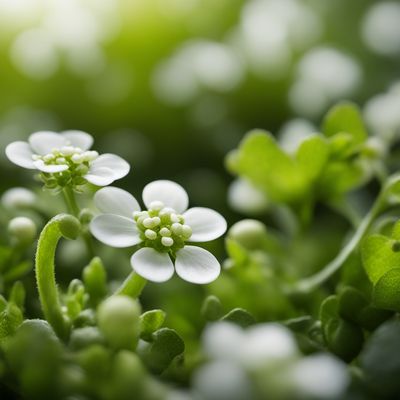
Scurvy-grass
The Citrusy Herb

Blumea leaves
The Aromatic Herb: Blumea Leaves